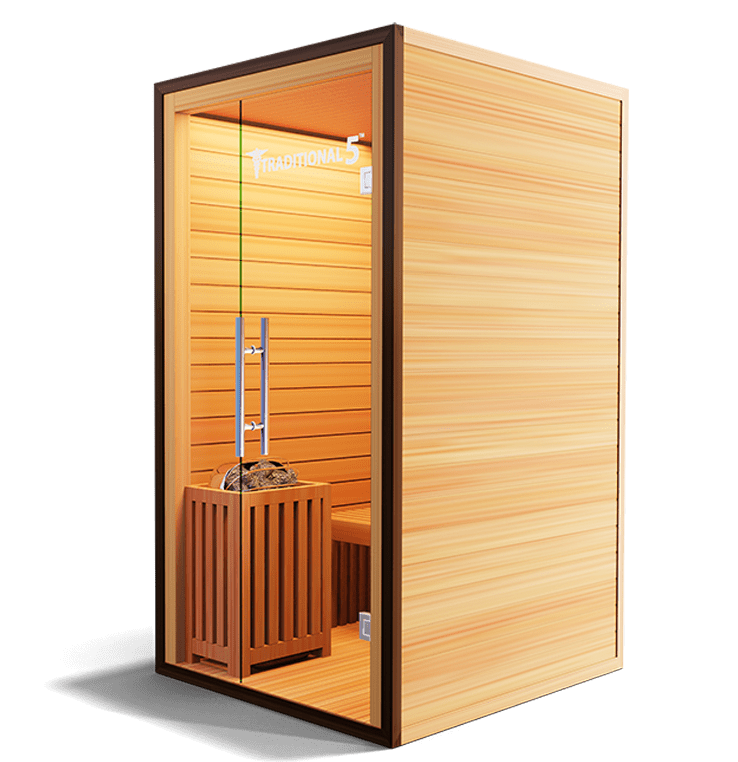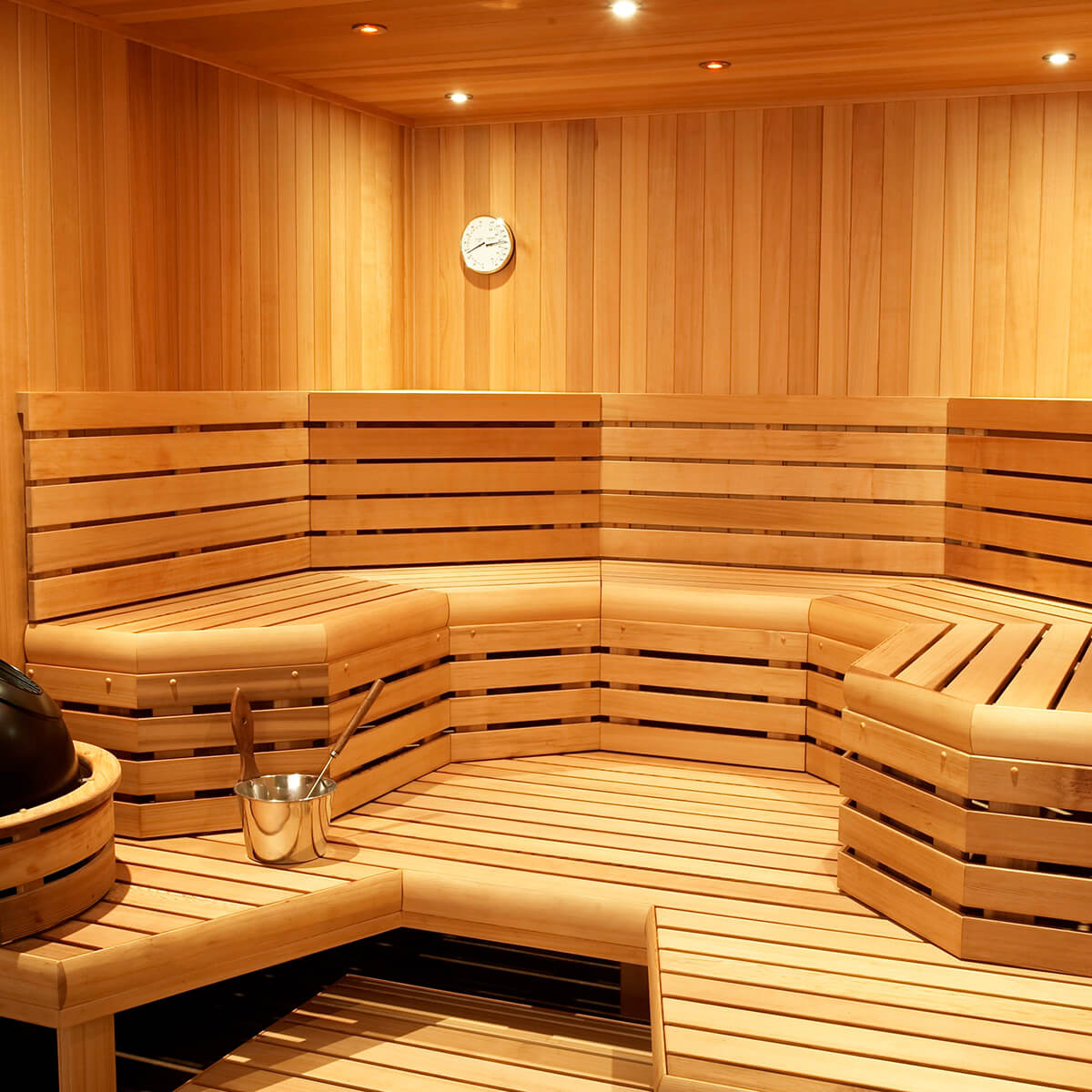Examine This Report on Traditional Sauna
Table of ContentsWhat Does Traditional Sauna Do?How Traditional Sauna can Save You Time, Stress, and Money.Traditional Sauna - QuestionsTraditional Sauna Fundamentals ExplainedSome Known Questions About Traditional Sauna.
Most of the weight lost in a sauna is water loss and is re-gained upon rehydrating. Nonetheless, undeniably sauna can be an integral part of a healthy weight management program. To consider the differences between traditional and IR saunas, I will divide these right into verifiable, theoretical, and produced distinctions.
Thus, the hottest point in the saunawhich is at the ceiling directly over the sauna heateris typically in between 185 and 190 F. Claims that a typical sauna surpasses 200 F is simply not true and not relevant for electrical saunas marketed in the United States. The temperature level for a far-infrared sauna is generally established between 120 and 140 F; however, unlike the standard sauna, the goal in and IR area is not to accomplish a high temperature level.
As a result of this, the temperature level distinction is almost unimportant, because extreme sweating leads to both sauna types, but the approach of heating up the body is various. In an IR sauna the bather will certainly feel hot and will sweat profusely, but at a lot lower temperature levels (Traditional Sauna). Therefore, if the goal is to spend longer amount of times in the sauna, the IR sauna is a great option
When a standard sauna has been appropriately warmed, the sauna wall surfaces are warm, the air temperature has accomplished established temperature level and the rocks are incredibly warmed. As an intriguing side note, the warmed walls and the rocks are producing far-infrared heat, combined with the heated air, to develop an "enveloping warm".
The Best Guide To Traditional Sauna

When the heat is accomplished, the components cycle on and off to preserve the high temperature. Most traditional sauna individuals appreciate putting water over the rocks to develop heavy steam to elevate sauna moisture degrees. The benefits of pouring water over the rocks include: making the space much more comfy, moistening the nasal passages, and allowing the use of aromatherapy by blending important oils with the water.

When the energy gets in the body, it creates the body temperature to increase and inevitably leads to sweat. In an infrared sauna it is necessary for the emitters/heaters to remain on virtually constantly. Given that there is visit homepage no mass of rocks to retain warm, the sauna will certainly cool if the emitters turned off.
As mentioned over, the sauna Go Here bather in an infrared room intends to position himself in front of running emitters to obtain optimal take advantage of the heat. The heating time for the two areas can be extremely different, depending upon how the rooms are utilized. For a standard sauna, a bather needs to permit 30-40 mins for the space to attain a preferred temperature and to properly pre-heat the rocks.
The Greatest Guide To Traditional Sauna
A well created sauna will generally achieve a temperature of 150-160 F in concerning 30-40 mins. For hotter temperatures, the space might require to warmth for a longer period.

Standard saunas have a tendency to be larger (therefore use more electrical power) than infrared saunas, although standard saunas are definitely offered in one and two person dimensions. For a two-person traditional sauna, 5x6 or 5x7 size is most popular. The top bench can easily seat 2 or 3 people and is likewise long enough to rest throughout the sauna session.
Some Known Incorrect Statements About Traditional Sauna
The ordinary price per kWH of power in the united state is approximately $0.11, so a 4.5 kW heating system will certainly set you back approximately $.50 to run for one hour, if the heating unit runs continually for one hour. Commonly a sauna heater from this source will certainly run for 75% of the initial hour and 50% of succeeding hours on given that the components cycle once the established temperature level is accomplished.

Lastly, there is a seldom discussed distinction in the social experience in between both rooms. While our society has lost several of the social advantage of the standard sauna experience, it can be extremely socially gratifying (Traditional Sauna). From family time in the sauna, to heart-felt conversations with better halves, to sauna partiesthe traditional sauna experience can bring about intimate mingling
The Basic Principles Of Traditional Sauna
Many greater end infrared rooms include colored light therapy, sound systems and full-glass fronts.
Comments on “The Greatest Guide To Traditional Sauna”